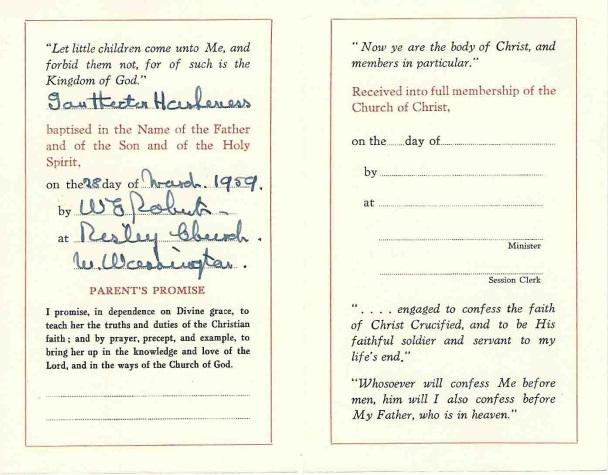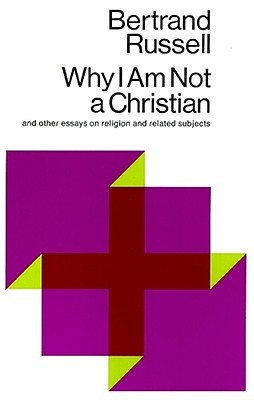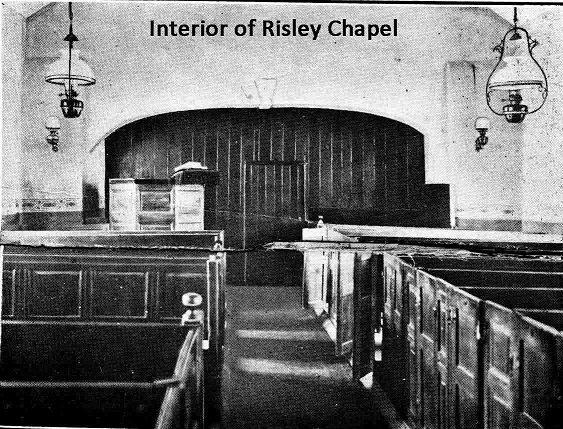So who was Thomas Risley? Well, he wasn’t a great revival leader or hymn writer like Wesley or Watts, but he was a man of deep faith and conviction. He stood up for his beliefs at great cost. I found an interesting website a few years ago on the Internet about Thomas Risley, the Sunday School, and the original and the new Risley Church. However, this seems to have disappeared. Fortunately, I copied the webpage some years ago which is why I was able to still write about it here.
Religious and Political Turmoil
The 17th century was a time of great religious and political turmoil in England. There had been Catholic kings, Protestant kings, Puritan parliaments, and some who thought that no king or state had had the right to tell them how to pray. There was civil war when Oliver Cromwell, a puritan, came to power. But after the restitution of the Monarchy, King Charles the 2nd soon continued to force uniformity on the prayers of the church. Thomas Risley was amongst the 2000 ministers who could not sign up to this. So, in 1662, he had to leave Oxford, returning to his family estates in the country here at Risley.
For a while, all ‘Dissenters’ or ‘Non-conformists’ were persecuted and forbidden to preach. But a small group met in secret, often in the fields around Risley. Thomas devoted himself to visiting the sick, and “applied himself to the study of physic” (medicine). This practical and pastoral care became the basis of relationships that led to an ever-growing congregation. As Toleration increased, Richard Jackson’s barn was licensed in Thomas Risley’s name as a “Chappell” for the “dissenting interest”. Then in 1706, a permanent chapel was built on Cross Lane, five miles from Warrington and five miles from Leigh according the ruling of “The five mile act”.
Chappell for the Dissenting Interest
This long, single story brick building was built by local people on land given by Thomas’ father. It was made to seat 200; the congregation often numbered 250 in Thomas’ day, so overcrowding is not a new issue! A bell, cast in Wigan in 1718, called the faithful to worship.
This church, which will eventually be called Risley Presbyterian Church, stood for some 250 years, with its bell still hanging outside up to this day. It continued to serve the local community, not just its spiritual needs, but as well as academically.
Risley Presbyterian Sunday School
In the reign of Queen Victoria, in 1850, Risley Presbyterian School was opened, providing education for many people in the community. The two stained glass windows, now mounted upstairs, were given by the local people in memory of one of the school-masters. This may have also been the Sunday School I attended which I knew to have been an old building with an old organ.
In 1938, large-scale development of the area took place to house ordinance works, and later the Risley Nuclear Power Development Establishment (AEA). Development of the area as a science and business park has continued to this day.
Risley remained a small rural hamlet with most of the population involved in agriculture until the outbreak of the Second World War. During the war, the church became a centre of social life and spiritual care for men and women stationed at large air force camps in Padgate and the 4 navy bases that made up HMS Gosling. (The tennis courts at the manse came in much use!). At least one Australian Airman fell in love with a local girl, returning later to marry her. He remains a member of the church today! A large proportion of the congregation still consists of scientists and business people from AEA, BNFL, and the likes, all joining together to worship God.
Growth and Demolition
But growth in the area had its downside for the church. It brought with it the motorway and the enforced demolition of the historic church building, which lay in its route. For many this was a painful loss, but the then-small congregation made the brave decision to move forward in faith. In fact it was the AEA which came to the rescue, providing buildings for the church to meet in for most of what turned out to be ten ‘wilderness’ years.
Plans for a new town development opened up new possibilities, and members of the church were actively involved in the Birchwood Project. Part of that development was to include a new church building, providing for all the free churches on Glover Road (so named in recognition of what one minister of this church and his family had done for the local area).
So, the Thomas Risley Church, as it now became known, moved into Locking Stumps, meeting firstly in the Locking Stumps CP School, and then in its own building on this site.
Facing a New Millennium
In 1994, the elders of the church met to seek a vision for the church as we moved into a new Millennium. The vision was that of a church engaging with the community of Locking Stumps, not as ‘strangers, but shepherds known to care’. The doors of the church would be flung open, and our concern would be not only for church members, but for the whole community.
As a result of this vision, the church began a cycle of prayer for every household in the community. They devised new activities that served the community were started, and strengthened others. However, the buildings were severely limited. If the vision was to be fulfilled, it was clear that the buildings had to be re-developed.
At this point in the story, the church has to give acknowledgement to God’s provision. It is quite remarkable to think how the church moved from what seemed like a hopeless pipe-dream to having the plans drawn up and funding found, all within the space of a year. But that is what happened. And when God’s ball started rolling, it was amazing to see!
People with the right skills joined the church or were unexpectedly given the time they needed to work on this project. Others were moved to be deeply generous, such that on Gift Day in November 1999, the congregation pledged an amazing £62,000 towards the project. Birchwood Town Council, local businesses, and trust funds also backed us financially, so that very rapidly half the cost was found. Then Synod broke its own rules and, together with matching funding from the national URC, provided the rest.
Final Move
In June 2000, the church moved out once more, holding services in Locking Stumps school again. Other activities in a whole host of venues were scattered throughout Birchwood, including Birchwood High school, the Sports Centre, The Scout Hut, Parkers Farm, Oakwood Mount School, and a number of homes!
Chartered Contractors with architects Moreau Hind Associates, under the watchful eyes of Powell Moreau Partnership, set about demolishing, converting, and re-erecting this new church building, which will serve both church and community into the years to come.
2000 years ago Jesus called his first disciples. Today we believe he is still alive and active in and through his church, the whole people of God called and committed to his service. The Thomas Risley church, with its members offering themselves as ‘living stones’, is therefore building for a new millennium of work and witness in Locking Stumps in the name of Jesus, and to the glory of God.
© 2001 Nick Stanyon.
Other Sources
Risley Presbyterian Church, Warrington: minutes, accounts and legal papers 1841-1945 (Acc 2001/5)
http://www.nationalarchives.gov.uk/accessions/2001/01returns/01ac127.htm




One Reply to “The History of the Sunday School”